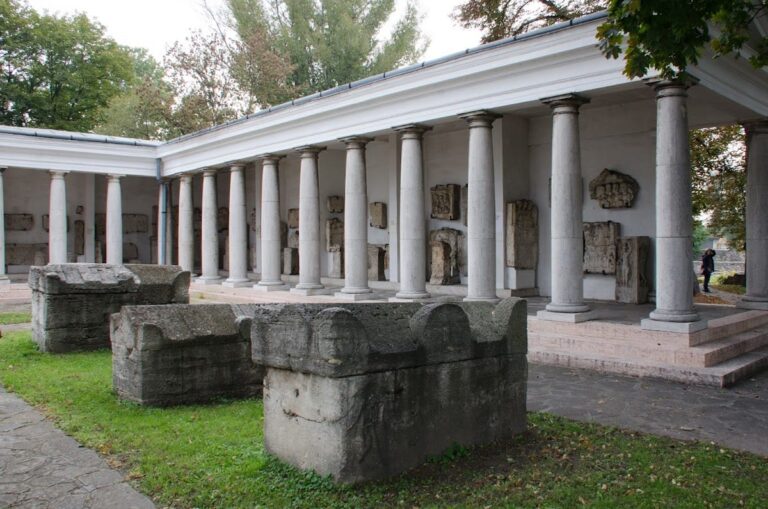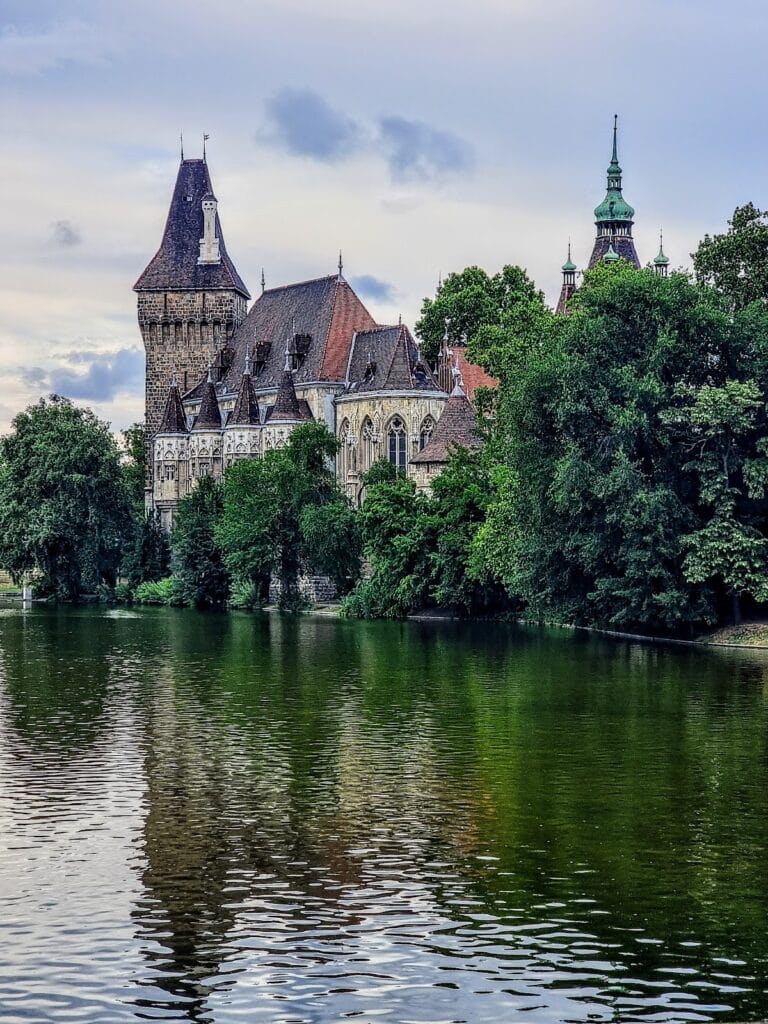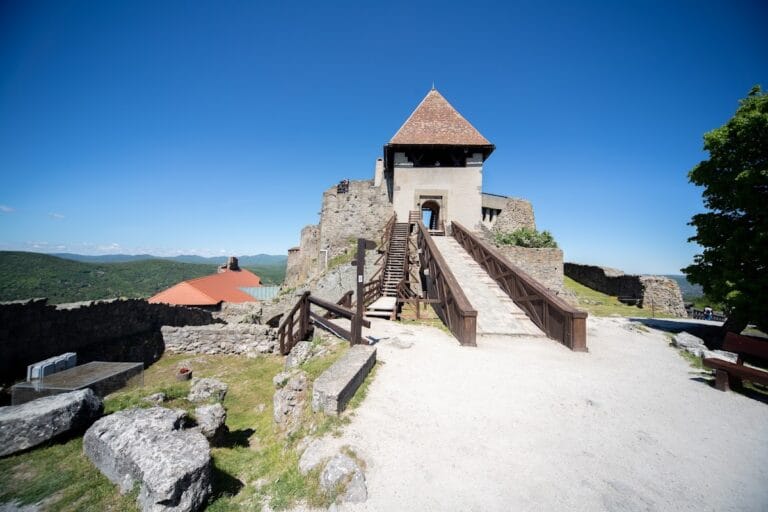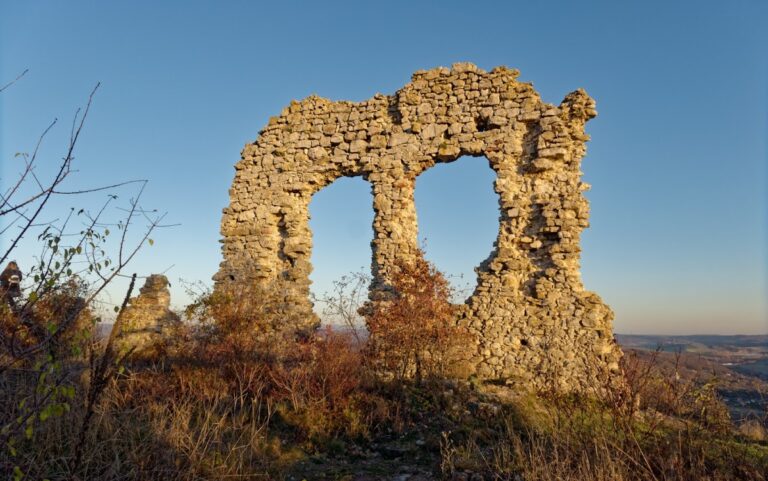Castle of Solymár: A Medieval Fortress in Hungary
Visitor Information
Google Rating: 4.4
Popularity: Medium
Google Maps: View on Google Maps
Official Website: www.solymarivar.com
Country: Hungary
Civilization: Unclassified
Remains: Military
History
The Castle of Solymár stands on Mátyás Hill near the village of Solymár in Hungary. It was constructed in the mid-14th century by the Hungarian noble family Lackfi, who built this small stone fortress as a country residence close to the royal city of Buda.
After acquiring the land around 1355, the Lackfi family established the castle to serve as a secure dwelling during their visits near the capital. Their ownership lasted until 1397 when they opposed King Sigismund. As a result, the king confiscated their estates and handed the castle to his wife, Lady Borbála Cillei. This transfer was part of compensating her for earlier losses of southern lands.
Throughout the 15th century, the fortress changed hands multiple times among prominent noble families, including the Korbáviai, Rozgonyi, Czudar, and Garai clans. The castle also came briefly under the control of notable figures such as Governor János Hunyadi, a key military leader, and later John Corvinus, the illegitimate son of King Matthias. Ownership stabilized after 1490 when it was taken over by the nobleman Balázs Ráskai.
The castle suffered severe damage following the Battle of Mohács in 1526, when Turkish raiders targeted the area during the early stages of Ottoman expansion. Its destruction was finalized after the Ottomans occupied Buda in 1541, leading to its abandonment. Over the following centuries, the ruins gradually deteriorated, with local settlers removing much of the stonework in the 18th century.
Interest in the site revived in the 20th century when excavations began in the 1930s under amateur archaeologist Valkó Arisztid. Professional archaeological investigations recommenced in the 1970s under Feld István and others, continuing at intervals into the early 21st century. Between 2005 and 2006, extensive restoration works sought to stabilize the ruins and reconstruct parts of the castle, including a wooden tower resembling the original keep. Archaeological research, particularly on the castle’s well and defensive walls, continued through at least 2014.
While most archaeologists agree on the site’s identification as a medieval fortress, a minority scholarly opinion proposes that the ruins might represent a Pauline monastery. This theory, however, is not widely accepted among experts.
Remains
The ruins of the Castle of Solymár occupy a small, elongated oval area atop Mátyás Hill. The enclosure is defined by thick defensive walls constructed of stone, remnants of which still mark the castle’s outer boundaries. These walls once surrounded several residential buildings and a central keep tower, which served as the main stronghold within the complex.
Within the courtyard remains a deep well that has been a focus of archaeological interest. Excavations have reached about 21 meters below the current surface, while estimates suggest the original depth may have approached 30 meters, highlighting its importance in providing water during sieges. The well shaft itself remains visible as a cylindrical deep pit embedded in the ground.
The most prominent modern feature of the site is a wooden tower built during the 2005–2006 restoration. This reconstructed structure approximates the size and form of the medieval keep, offering a tangible sense of the original castle’s vertical dimensions. Alongside the tower, the entrance gate and much of the surrounding wall conservation date from this restoration phase, which aimed to preserve and present the castle’s medieval footprint.
The stone materials initially used in the castle’s construction were largely removed over the centuries, especially in the 18th century when German-speaking settlers salvaged building stones. This process contributed to the ruinous state reported by the late 19th century.
In addition to the structural remains, the castle’s location on a steep but modest hill provides natural defensive advantages. The surrounding landscape includes notable historical chapels and natural features such as the Jegenye Valley and Rózsika Spring, situating the castle within a landscape rich in both natural and cultural heritage. An open-air stage was added on the site during the early 21st-century renovation, integrating contemporary use with the preserved medieval ruins.










